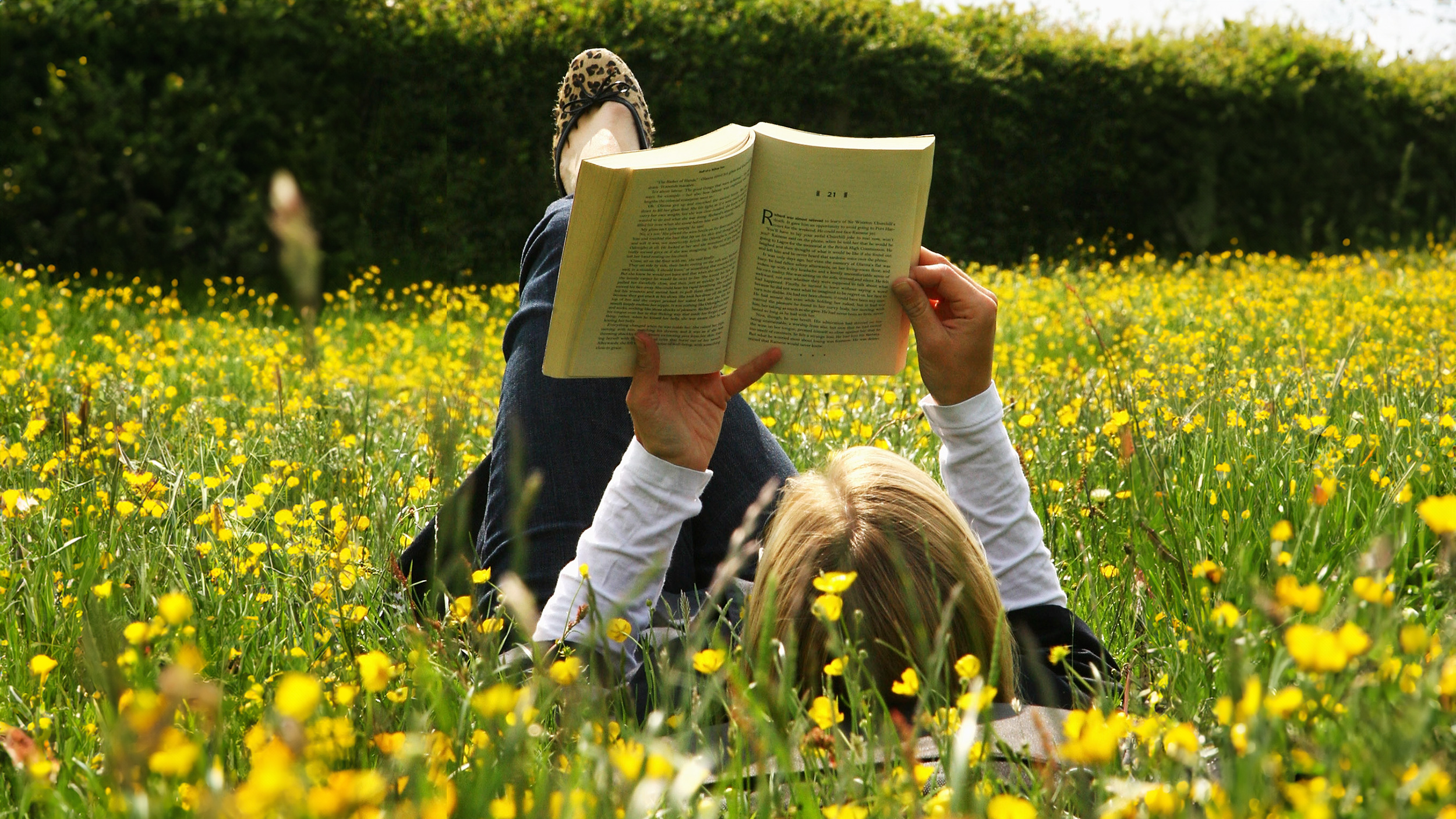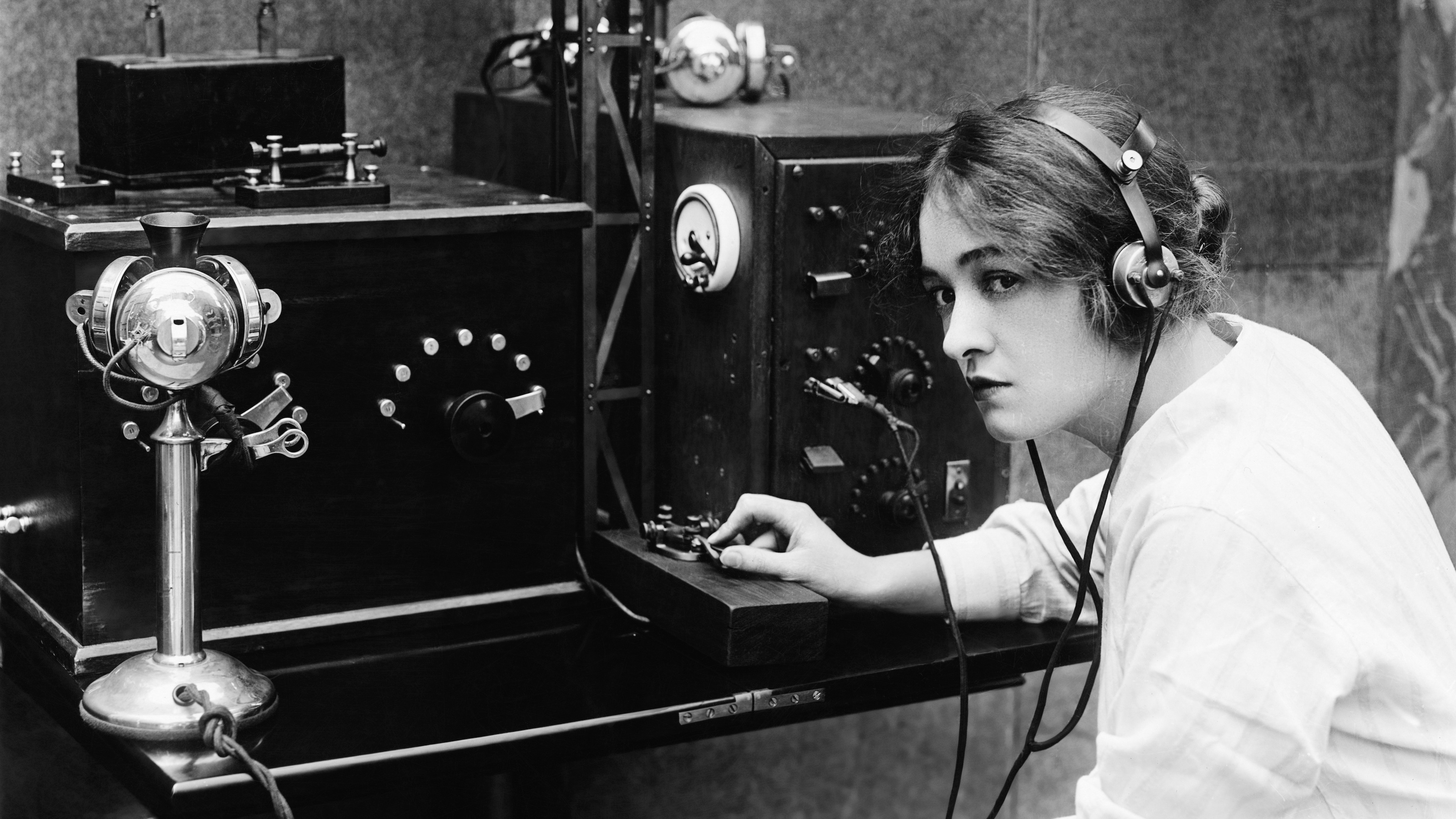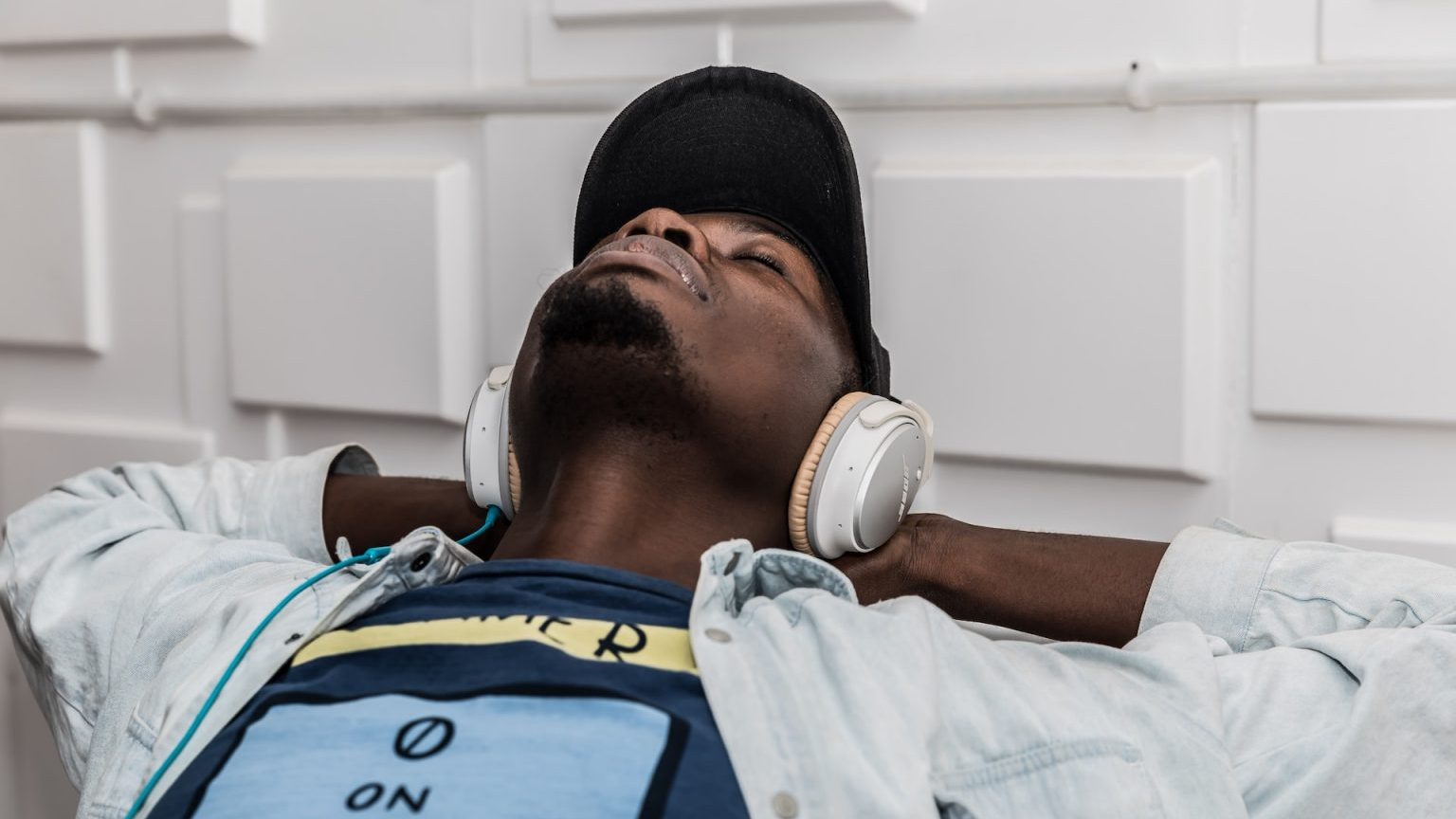“Awareness” overload: How TikTok’s mental health content goes off the rails

- Mental health content on TikTok has attracted tens of billions of views, but some academics worry that it could be doing more harm than good.
- Most of it is not produced by mental health professionals. Some of it also explicitly encourages viewers to self-diagnose. The broader mental health awareness effort on TikTok might lead people to perceive common emotions and feelings as problematic signs of disorders like anxiety, depression, or ADHD.
- Considering mental health content on TikTok and other online platforms isn’t going anywhere, clinicians will have to find ways to deal with it.
In one TikTok, a beautiful young woman sits in a bathroom, crying. Text accompanying the video reads, “The part of anxiety no one sees.” 7.5 million views, 1.2 million likes, 5,339 comments.
In another, a different woman is shown in various clips meditating, or looking sad and distressed. “Having anxiety is probably one of the most lonely, isolating things to have.” 8.1 million views, 1.2 million likes, 4,028 comments.
In a third, Jessa, who states she is a licensed therapist, sobs on her bed. “I just want to be normal,” she says to herself, almost angrily, through the tears. “The part of anxiety people don’t see.” 1.3 million views, 158,000 likes, 1,132 comments.
Videos spreading mental health awareness are both commonplace and popular on TikTok. As of January 2022, videos with the hashtag #mentalhealth collectively garnered 25.3 billion views. The social media platform has roughly one billion users who spend an average of an hour and a half daily on the app, more than any other social network.
Prevalence inflation
A growing cadre of psychiatrists and mental health professionals are concerned that spreading mental health awareness via TikTok is counterproductive and potentially even harmful. Adding urgency to their worries, two-thirds of U.S. teens have used TikTok and one-sixth say they use the app “almost constantly.” Moreover, 40% of adolescents are now initiating internet searches on TikTok instead of Google.
An area of mental health that gets frequent attention on TikTok is anxiety. Videos frequently portray it as a debilitating disorder. But the fact is that everyone, at one time or another, experiences it.
“There’s no line in the sand between the people who experience ‘normal’ anxiety and those who experience ‘clinical’ anxiety. It’s a gradually changing spectrum with a thousand shades of gray. But this point gets lost in the public conversation,” Dr. Lucy Foulkes, an academic psychologist at the University of Oxford, wrote in a 2023 op-ed for STAT.
“Campaigns and social media posts just churn out the message that there’s this problematic thing called anxiety, and so people start interpreting all the lower-level stuff as symptomatic of a disorder,” she added, calling this “prevalence inflation.”
Anxiety isn’t the only mental health issue that TikTokkers showcase. Autism, attention deficit hyperactivity disorder, borderline personality disorder, and obsessive-compulsive disorder are also frequent focuses. And, like with anxiety, many content creators encourage viewers to self-diagnose, which is highly problematic. According to surveys, Generation Z, born between 1997 and 2012, is especially likely to self-diagnose mental health disorders, with one survey suggesting three out of 10 members of the cohort have diagnosed their own mental health issue.
Foulkes is one of the most outspoken academics arguing that mental health awareness has gone too far. In a recent New York Times article, she pointed out that targeted interventions in schools have either been ineffective or actually worsened students’ mental health. Some students began over-interpreting their symptoms, perceiving them as signs of mental illness. Others spent more time ruminating on their thoughts and feelings at the expense of their overall happiness.
While there’s less research focusing on the effects of TikTok’s mental health awareness videos, it’s reasonable to assume they could be worse than in-person interventions. One reason is oversimplification. In a 2022 study, researchers analyzed 100 videos that were displayed with the hashtag #mentalhealth. Each averaged 13.4 million views. They found that almost half simply reported or expressed symptoms of mental distress (like the aforementioned crying women). Moreover, the vast majority were not posted by healthcare professionals. The study reinforces a fact of TikTok’s almost mythical algorithm: It shows what gets your attention, not necessarily what is nuanced, truthful, or helpful.
“Therapy ‘influencers‘ flood social media feeds with content about trauma, panic attacks and personality disorders,” Foulkes wrote. “When teenagers gravitate toward such content on their social media feeds, algorithms serve them more of it, intensifying the feedback loop.”
Self-diagnosis and social contagion
A study published earlier this year aligns with Foulkes’ claims. Researchers from the University of Delaware analyzed 100 TikTok videos with at least a million views focusing on depression, anxiety, or both. They found that videos featuring personal experiences had higher engagement than videos produced by health professionals. These personal experiences included descriptions or emotional displays of depression and anxiety symptoms.
“The attribution of generic symptoms to these mental health conditions may result in self-diagnosis,” the researchers wrote.
This self-diagnosis can even take the form of a social contagion. A few years ago, clinicians noticed a jump in young people expressing odd tics. Many of these young people thought they had Tourette’s syndrome. As it turned out, they had been frequent watchers of a popular YouTuber who talks about the condition. After professionals told them they didn’t have Tourette’s, the symptoms disappeared.
To TikTok’s credit, the company offers a brief but thoughtful guide on posting videos related to mental health. It encourages people to share stories of “coping, hope, and recovery” as these can be helpful, and to avoid topics that can be triggering to others. However, most TikTok users are likely unaware of this resource.
Emily Hemedinger, an assistant professor in the Department of Psychiatry at the University of Colorado School of Medicine, drew attention to the pitfalls of TikTok for spreading mental health awareness in a 2023 Q&A.
“Many of these TikToks are taking human emotions and experiences and trying to categorize them into those neat boxes of a diagnosis,” she said. “This can lead viewers to misunderstand something that a trained mental health professional — who has also collected additional information on that person’s symptoms, functioning, history — can interpret.”
Hemedinger was alluding to the risk of wrongly interpreting normal human experiences as disorders, termed “pathologization.”
“You can’t just throw a diagnosis label on something all the time,” she said.
A term she often notices on TikTok is “high functioning.” People claim to have anxiety or depression, but also say they are “high functioning.” But it’s not a clinical term, she says. If you’re high-functioning, then you don’t technically have an anxiety or depressive disorder.
But is young people’s tendency to label themselves as “anxious” or “depressed” necessarily problematic? Or are some psychiatrists overreacting to what they perceive as a hijacking of terms?
Joseph Davis, a Research Professor of Sociology at the Institute For Advanced Studies in Culture at the University of Virginia, has interviewed people who regularly consume mental health content on social media.
“When I asked the people I interviewed if they thought they were suffering from a mental illness, virtually all said ‘No,’” Davis said in A&S Magazine in late 2022. “We’ve medicalized emotional distress by putting it into flat, homogeneous categories like depression and anxiety, and people have really picked up on that. The clinical terms are replacing our emotion words as well as other ways of talking about difference.”
Davis expanded on this point in an email interview with Big Think.
“I see a lot of problems with the vocabulary of diagnostic psychiatry being taken up by lay people. While providing a congenial community can certainly be helpful, my general impression is that the interpretation of everyday struggles on this site is typically in narrow and often biological terms rather than in any broader moral or existential register. I worry that the personal support comes at the cost of adopting an unhelpful perspective.”
Another potential problem with the deluge of mental health awareness videos on TikTok is that it drives up demand for therapy when there’s already a serious shortage of licensed mental health professionals in the United States and the United Kingdom. To be clear, some of this added demand is coming from individuals who absolutely need help. But a good chunk may also be from people who watched videos on TikTok and began pathologizing everyday emotions.
A cynically minded individual might think that mental health professionals would welcome all the extra work that results when people turn everyday emotions into mental health problems. In a 2017 interview with The BMJ, Sir Simon Wessely, Regius Professor of Psychiatry at King’s College London, stated that the opposite is true.
“We are not part of the global conspiracy of making everyone into a mental health problem. We do the opposite. We will say, ‘Look, this isn’t a psychiatric problem,’ because we are acutely aware of the dangers of overmedicalization of what are normal emotional problems.”
Other health professionals welcome the attention mental health receives on platforms like TikTok and think worries of overdoing mental health awareness are misguided. Dr. Sasha Hamdani, a psychiatrist practicing in Leawood, Kansas, is one such optimist.
“Many of my patients have first considered a diagnosis because ‘I saw it on TikTok’ and now are able to open up a dialogue about the condition more freely,” she wrote in an op-ed published last fall on Harvard Public Health’s website.
However, she admitted that the platform features a lot of misinformation.
“My patients would hold up their devices to the screen to show me the latest TikTok tidbit about mental health. A lot of it would be regarding potential self-diagnosis, and a lot of it was absolute garbage.”
So, in December 2020, Hamdani joined TikTok to remedy all the nonsense with some reality. She now has over 900,000 followers.
There also is a case to be made that any benefit of mental health awareness videos on TikTok doesn’t arise from the videos themselves but rather from the supportive community that springs up around them. In a 2021 study, Lindsay Gallagher, a senior at Villanova, analyzed the comments on randomly selected videos about mental illness. She found that 95% were positive. Commenters shared their own experiences, praised the content creator, offered strategies, and posted agreements.
“The proliferation of the mental illness community on TikTok allows users to feel empowered by sharing their stories and starting dialogues to raise awareness and celebrate one another’s victories,” Gallagher wrote.
Declan Grabb, a fourth-year psychiatry resident at Northwestern University Department of Psychiatry, recognizes that users of TikTok and other social media sites are going to see mental health content online no matter what. That means that mental health professionals need to get involved to improve it.
“As clinicians we should be proactive in adopting new technologies, not reactive,” he wrote in a 2023 op-ed to The BMJ.
As part of being proactive, clinicians should form groups to work with companies to improve standards, Grabb wrote. Two things that TikTok can do better: include warnings on misleading content and inform viewers where and how to attain mental health services. He also said that mental health professionals should join social media and create their own content.
“We as clinicians should be… ensuring access to reliable content, not simply criticizing the various media patients use,” he wrote.
If you or someone you know is struggling, a good step is to reach out to a mental health professional to ask for an evaluation. There are also many other public resources, including the 988 Suicide and Crisis Lifeline, that can provide immediate support.





